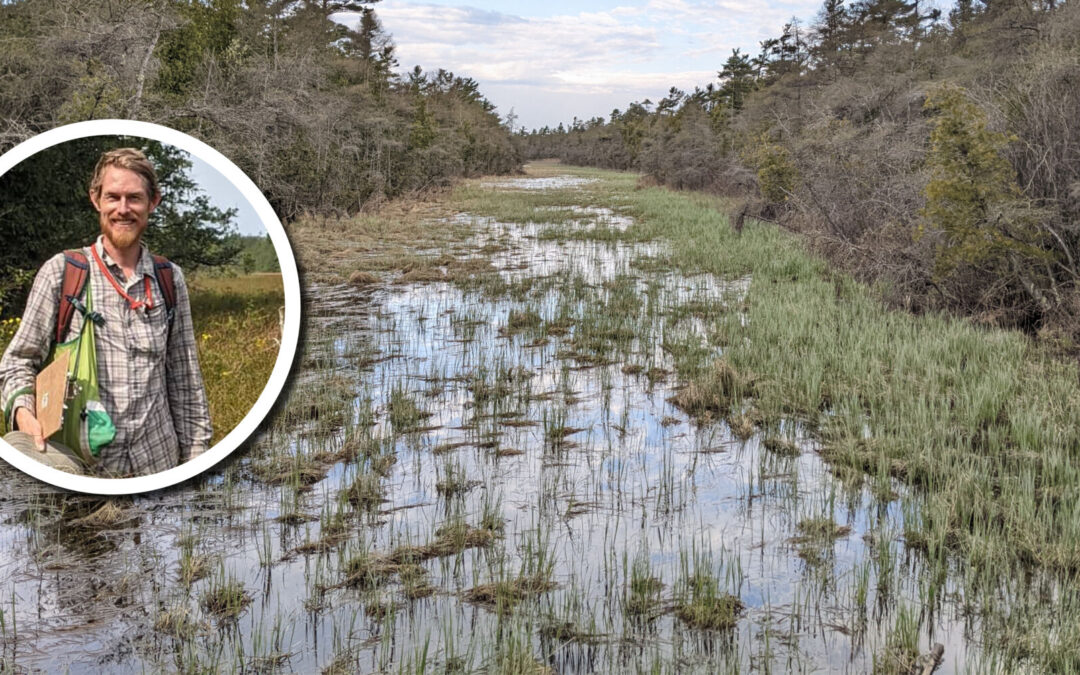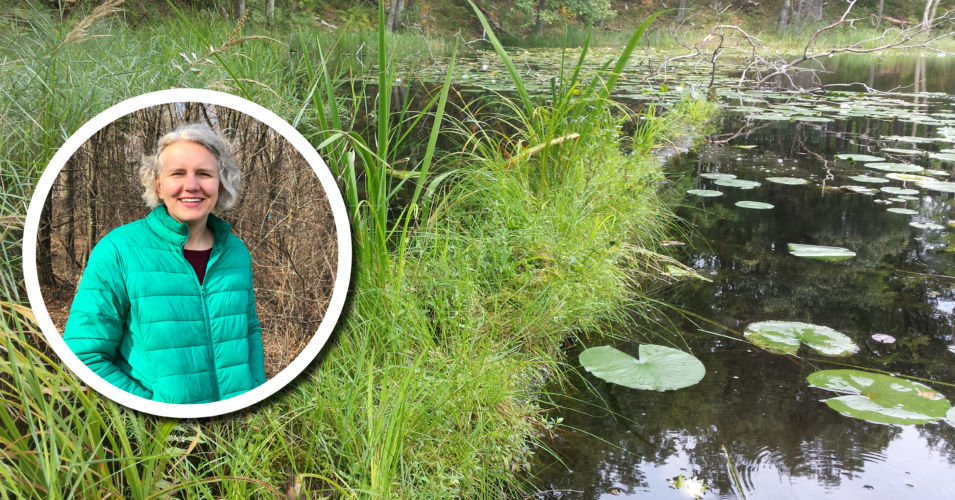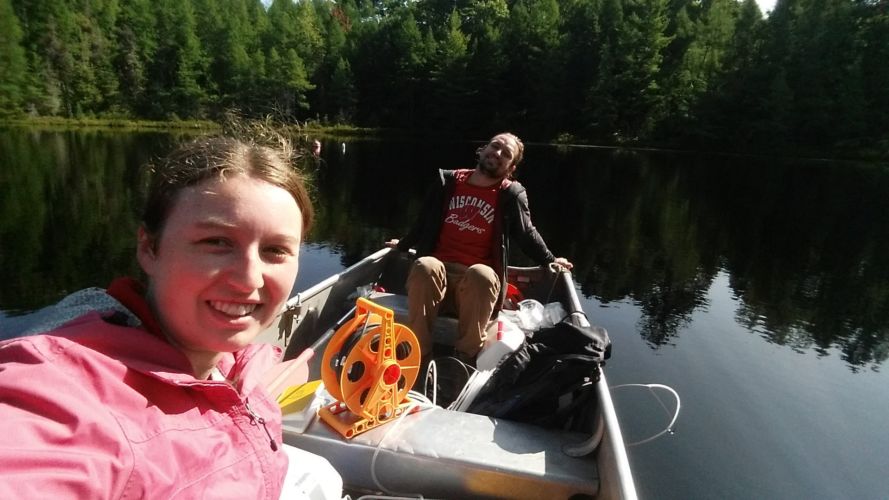Despite their ecological importance and sensitivity to ecological gradients and microhabitats, bryophytes (non-vascular land plants, comprising mosses, liverworts, and hornworts) in Wisconsin are not currently included in wetland quality assessments. Hear from Keir Wefferling about his work to coordinate with bryologists and ecologists from the Great Lakes region to modify existing protocols for wetland floristic quality assessments by analyzing the bryophyte community. Specifically, Keir will address the question, “What can bryophytes tell us about ecosystem health and anthropogenic disturbance in Wisconsin peatlands?”
Keir Wefferling, curator of the Gary A. Fewless Herbarium & assistant professor of biology at UW-Green Bay
Recorded October 13, 2023
Keir Wefferling is the curator of the Gary A. Fewless Herbarium and assistant professor of biology at UW-Green Bay. His current research focuses on the bryophytes of peat-accumulating wetlands of Wisconsin, though previous work has focused on flowering plants and ferns of other parts of the world.
- Mosses of the Northern Forest, A Northern Forest Atlas Guide by Jerry Jenkins
- Ecological Guide to the Mosses and Common Liverworts of the Northeast by Sue Alix Williams
- Common Mosses, Liverworts, and Lichens of Ohio, A Visual Guide by Robert Klips
- A Focus on Peatlands and Peat Mosses by Howard Crum
- Common Mosses of the Northeast and Appalachians by Karl B McKnight, Joseph R. Rohrer, Kirsten McKnight Ward, and Warren J. Perdrizet
- Mosses, Liverworts, and Hornworts: A Field Guide to the Common Bryophytes of the Northeast by Ralph H. Pope
- The Elfin World of Mosses and Liverworts of Michigan’s Upper Peninsula and Isle Royale by Janice Glime
- Floristic Quality Assessment Methods (Wisconsin DNR)
- Key to Wetland Natural Communities (Wisconsin DNR)
- Wisconsin’s Natural Communities (Wisconsin DNR)
Related content
Wetland Coffee Break: Spectacular sedges in Wisconsin’s wetlands
Strange bacteria: Researching the depths of bog lakes



